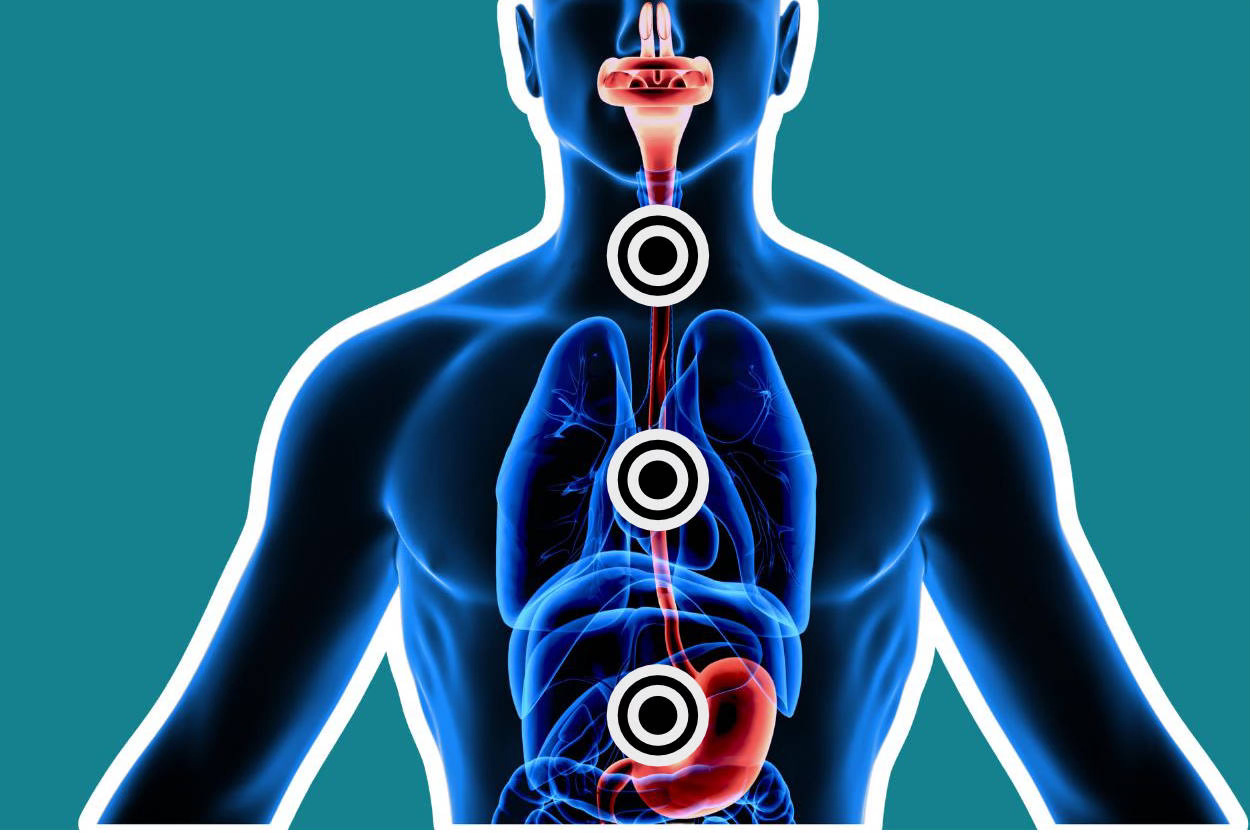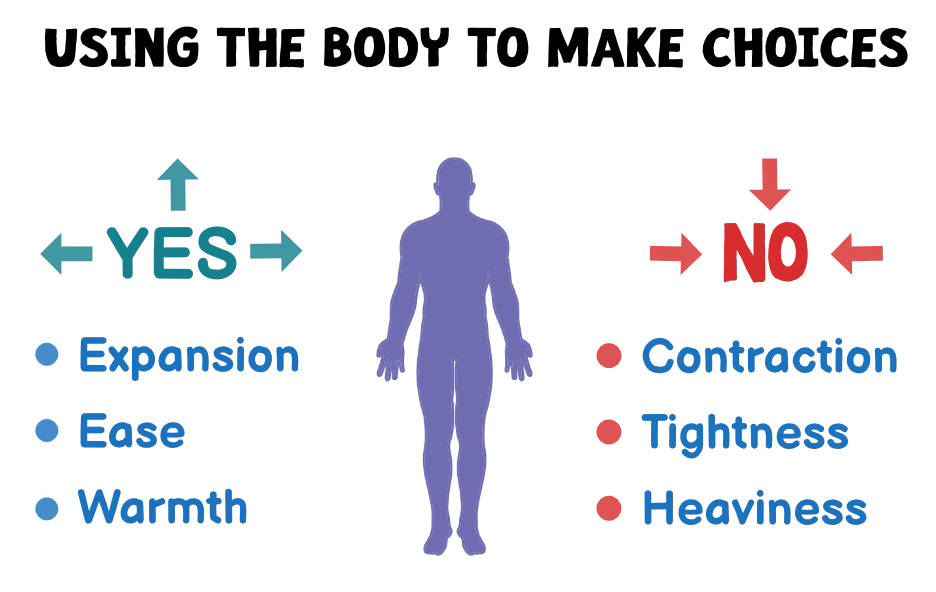What Your Body Knows Before You Do
Discover the secret of making better choices
Have you ever had the experience of thoughts pinging around your head like a pinball machine when you’ve been trying to make a decision?
I have, it’s painful, stressful and exhausting.
What if there was another way to make decisions that didn’t need that mental overload?
There is. It’s using the most advanced tech you have. Your body.
The power of inner perception
Your body has an internal felt sense called interoception.
It’s how you feel hunger, thirst, warmth and pain.
It shapes your choices more than you realise. If you become more attuned to it, it helps you recognise emotions, catch stress early and stop second-guessing your body’s needs.
Those butterflies before a big meeting? Indicates anxiety.
That pounding heart? It could be excitement or fear.
The body gives the signals, and the brain gives them meaning.
If you couldn’t feel warmth or cold, you wouldn’t seek shelter. If you didn’t feel pain, you wouldn’t pull your hand from the fire.
Without interoception, you would do serious harm to yourself.
When interoception is numbed, you miss early cues your nervous system is sending. You power through, ignoring the body, which can lead to exhaustion, disconnection and burnout. That’s what I did for years, existing rather than enjoying life until I finally paid attention to what my body was saying.
Every day, you will experience one or more of these interoception signals: hunger, thirst, and the need to go to the toilet. These signals shout the loudest.
There are many more that if you tune into them, will help you learn more deeply how your body communicates:
Muscle tension~ - including shoulders, back, neck, throat and stomach.
Hot or cold temperatures.
Anxiety or nervousness.
Itchy skin.
Heartbeat.
Pain.
Everyone’s different
People vary widely in their felt sense abilities and how they interpret them.
It’s actually two related skills. First is how often and how consciously you tune into your body’s sensations in everyday life. Too little awareness, and you miss crucial signals.
The second is interpreting what the signals mean.
Those who live with trauma, anxiety, or neurodivergence often find body signals confusing, overwhelming, or numbed. They may have trouble interpreting bodily needs, like hunger, or identifying and expressing emotions. The good news is that it’s possible to improve your ability to sense and understand them with practice.
The goal isn’t perfect awareness. It’s a balance between:
Paying attention without obsessing about every sensation.
and
Accurately interpreting the signal’s meaning.
Helping you make better choices
So now you know what interoception is. I want to give you a practical way to use it.
To help you make better decisions.
I am not saying ignore your thoughts. I am saying listen to your body as part of the process; you will be surprised at what you learn.
Try this to experience it now:
Pause. Sense your feet on the ground. Go inside, if it feels right, close your eyes:
Remember a time you said yes to a big life choice and meant it. How did your body feel?
Take a moment to reflect and feel any sensations that arise. Where do you feel them in your body? What kind of sensation are they?
Pause again, then:
Go back and remember a time you said yes to someone when you meant no. How did your body react? Again, take a moment to reflect and feel any sensations that arise.
Those two experiences should feel different in your body.
The signals might be subtle, but they’re there if you give them attention.
Deciding with your body: Notice. Reflect. Respond
Next time you’re stuck on an issue and need to make a choice, or someone has asked you to do something. Use this technique:
Notice
Pause. Breathe. Take a moment to centre.
Then drop your awareness into your body and ask: ‘Where do I feel this and what do I feel?’
Reflect
Ask yourself, ‘Do I understand what my body is saying?’
A quiet ‘yes’ in your body will evoke a sense of ease, warmth, and a forward pull, accompanied by a feeling of expansion.
If your body says ‘no’, there will be sensations of tightness, heaviness, and a shrinking away. A sense of contraction.
Respond
Sense-check with your mind what your body tells you feels right. Then you can go ahead and take action based on your decision. A clear yes, a clear no.
You might find it challenging to say no to someone even when your body has clearly told you it’s the right choice. That’s about setting clear boundaries, something I will write about soon.
A personal example
A few years back, I was offered an exciting new job opportunity, but something felt off. I thought about it a lot and started to get really stressed about the offer. So, I decided to ask my body using the Notice, Reflect, Respond technique.
Notice: I noticed a tension in my jaw and an unease in my stomach. A sense of tightness in my lower back.
Reflect: I listened and asked my body what this meant. Was it fear of the challenge or something else? The answer I got back was that it didn’t match with what I actually wanted. Once I realised this, my body relaxed, the tightness eased, and I had clarity on what I needed to do.
Respond: I thanked the person for the offer but declined, and a better opportunity came along a few months later.
Be curious, practice and learn
Each time you bring conscious awareness to a body sensation and give yourself time to listen and act on it, you enhance your felt body sense.
Use it regularly and you will improve your self-awareness, your decisions and your confidence.
Want to take this to the next level and explore the wisdom of your body more with depth coaching? I would love to hear from you.




